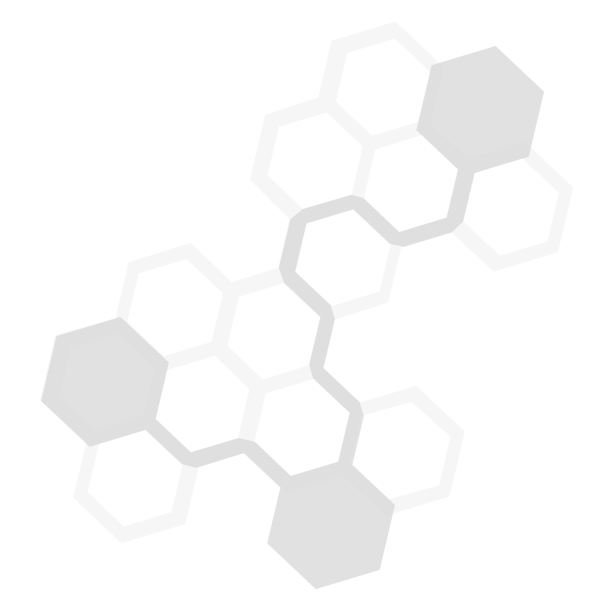Satellite Evolution or Revolution? A Comms Connect Panel Preview
The two previous entries in the series, held virtually while in lockdown, explored several so-called ‘bright spot solutions’, from vehicle hubs and low-altitude Helikites through to stratospheric balloons and solar wings. The third session, an industry panel to be held at next month’s Comms Connect Melbourne event, will focus exclusively on satellite technologies. Critical Comms editor Lauren Davis sat down with panel moderator Scott Leyonhjelm, from Nova Systems, to find out what the session will be all about.
Why do you think satellite technology is such a hot topic for the critical comms industry at the moment?
There’s a lot of changes happening in the satellite industry at the moment, and I guess that’s driven by the fact that there are unprecedented amounts of money being invested into the satellite industry. So you’ve got the likes of Jeff Bezos, Elon Musk and others who are revolutionising the satellite industry and the incumbent satellite operators are also starting to be a lot more proactive creating an environment with lots of technology innovation. At the moment there’s around 5000 satellites in the sky — that’s expected to increase 20-fold in the next five years, to 100,000! Also communications directly from your standard smartphone to the satellite are developing quickly. So there really are big changes coming our way in terms of how we deploy and use satellites in the future.
How will your panel approach this topic?
The whole purpose of the panel is really for the panel members to give a very short overview into what’s happening now, and what’s likely to happen in the next five years in this space, and how that’s going to make an impact to the critical comms community. The panellists get seven minutes each, and then the rest of the time is for the audience to have the opportunity to ask questions to these satellite experts, in terms of how real is this technology and how long will it take? What are the expectations around that from the people who are working on this firsthand? So I guess the session should give everybody a heads-up on what’s hype and what’s not, directly from the four knowledgeable speakers that are involved, and have been involved in delivering satellite services for many many years.
What sort of areas will the different panellists be covering?
Well we’ve got Alex Orange from Omnispace, who is going to talk about satellite-to-cellular connectivity. Omnispace is one of a handful of companies that are actually rolling this technology out, starting with pilots and then moving to full-blown product services in the next five years. The other panellists will talk about three different categories of satellite — geostationary (GEO), medium earth orbit (MEO) and low earth orbit (LEO). On the LEO side, we have Ashley Neale from Vocus, who is going to talk to the big changes that are happening from the Elon Musks and the Jeff Bezoses of the world, ’cause that’s really where the money’s being spent. But at the same time, both GEO and MEO technology have been providing satellite services to the critical communication industry for many years, and these services are also evolving. So they’ll be covered by Neil Matheson from Inmarsat and Alan Cheng from SES Networks.
Why would you recommend that Comms Connect attendees visit your session?
You’ll get some real insight into what’s happening in the satellite industry from those experts that live and breathe it day to day. No one here is going to be selling anything — we’re actually talking about the art of the possible, if you like, in the next five years, and allowing the audience to question that. I am excited about the session for anyone who decides to attend, because it’s interactive, unscripted and the audience gets to determine what is hype and what’s not.
‘Turning black spots into bright spots — satellite evolution or revolution?’ will take place at Comms Connect Melbourne on 19 October from 1.30 to 2.30 pm. For more information, visit the event website.
Read more

